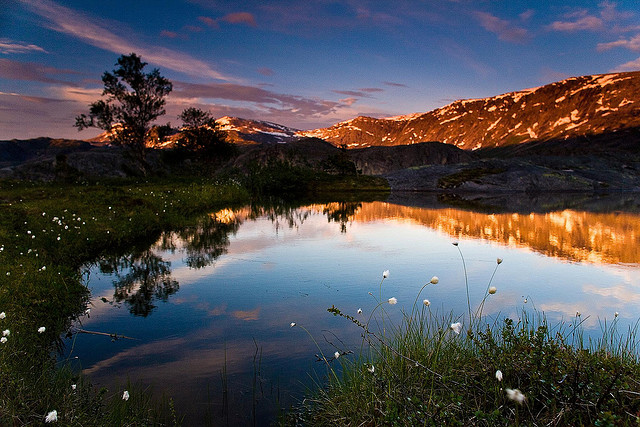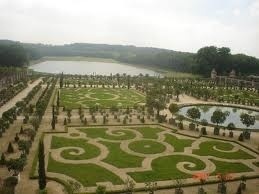
Norway is situated at the most northerly point of mainland Europe and for scenery is probably one of the continents most beautiful countries. With its soaring mountains, glacier carved fjords and quaint wooden structured village dotted around, it is almost certainly unique. But what else makes Norway so unique is the amazing phenomenon known throughout the world as the Aurora Borealis, or the Northern Lights.
So what actually causes this visual spectacle of dancing red, green, blue, yellow, and sometimes even pink colours to flash across the Northern skies? Strangely enough it is something to do with a combination of the sun, gases within the Earths atmosphere and magnetism. Beginning with the sun and sunspots, solar flares release large amounts of energy from the sun. Due to the extreme heat of the sun, sometimes the different molecules collide and crash together resulting in huge explosions of energy thrown outward by the suns rotation. Carried by the solar wind, this energy, a mixture of atomic protons and electrons races outward into the solar system and on a direct collision course with Earth.
The Earth, as we know, is protected by a magnetic field which at both the North and South polar regions is at its weakest (the aurora can also be seen at the South Pole and is known as the Aurora Australis, or Southern Lights). Because this weak point in the Earths atmosphere is the easiest place for these sub-atomic particles, that is where they head and the action really starts to happen. The Earths atmosphere is made up of many different gases and it is the banging and crashing together of the gas particles and the protons and electrons that creates the different coloured light in the sky. Nitrogen is the most prevalent element and these collisions will create a reddish light and oxygen a greeny/yellowy colour.
Norways geographical position means that it has unusually long periods of daylight or darkness hours depending on the time of year. Also known as the ‘land of the midnight sun’, Norway in the summer months experiences 24hours of daylight on peak days and the opposite in winter. The Aurora is best seen at nighttime so the early winter months are the best time to observe this amazing phenomenon and if you go on a cruise to see the Norwegian Fjords, due to the lack of ambient light from cities, you shoud get an amazing display of the Northern Lights.



